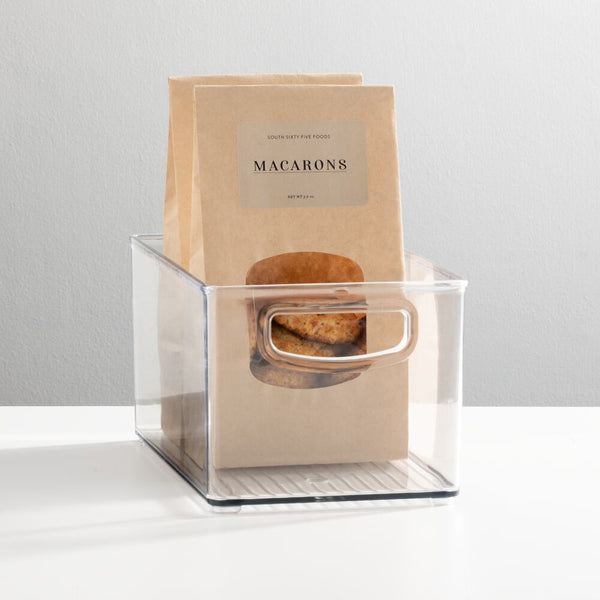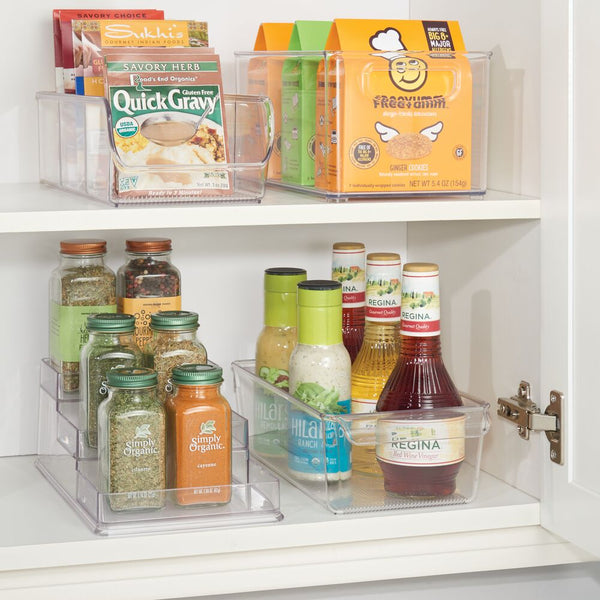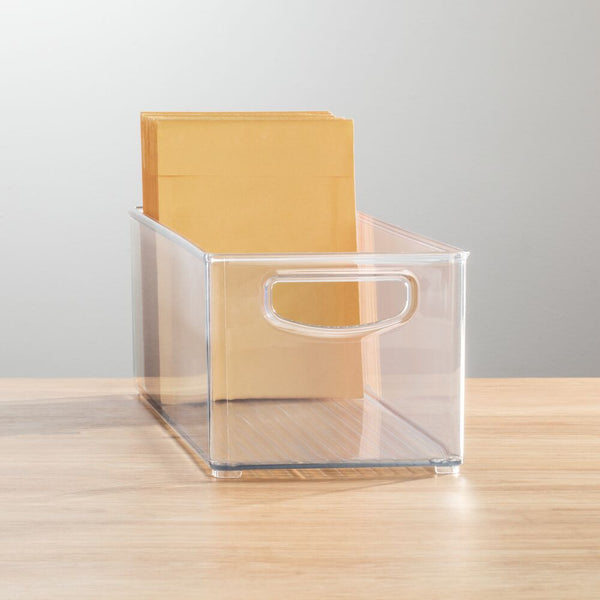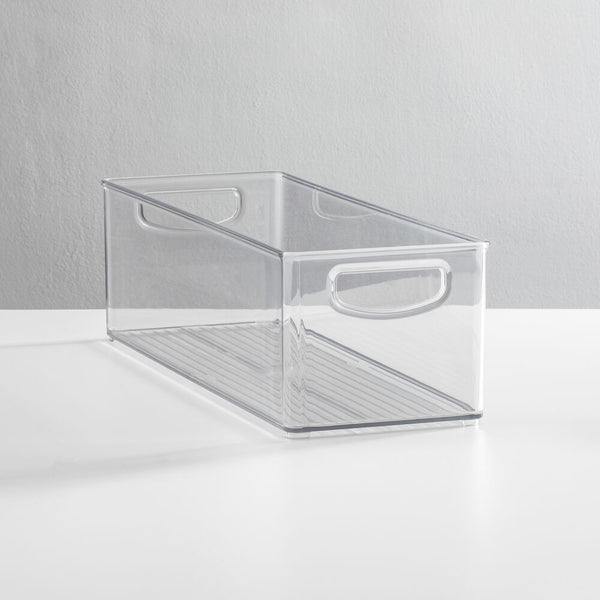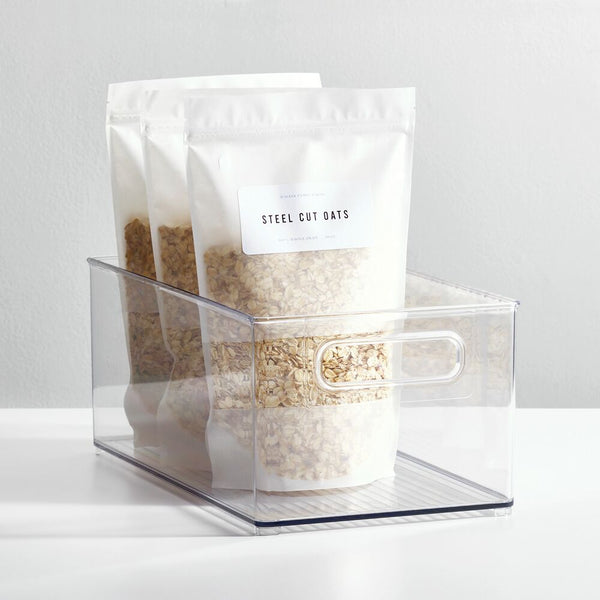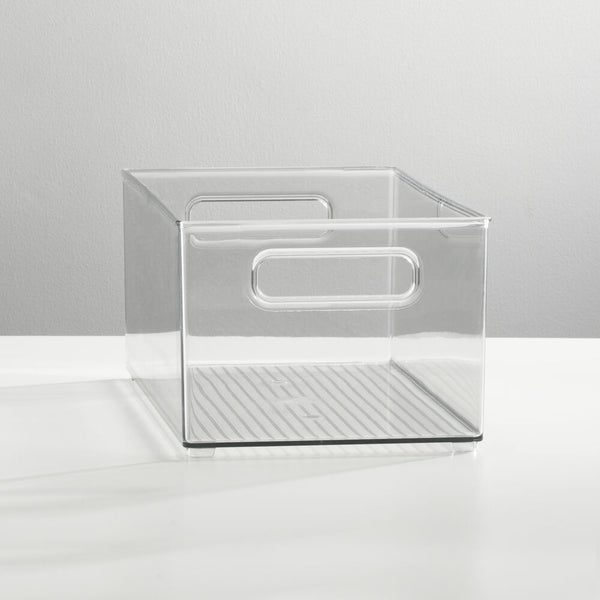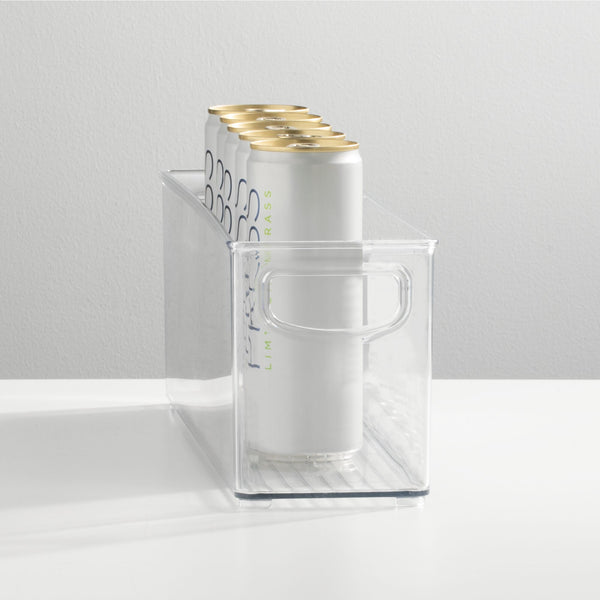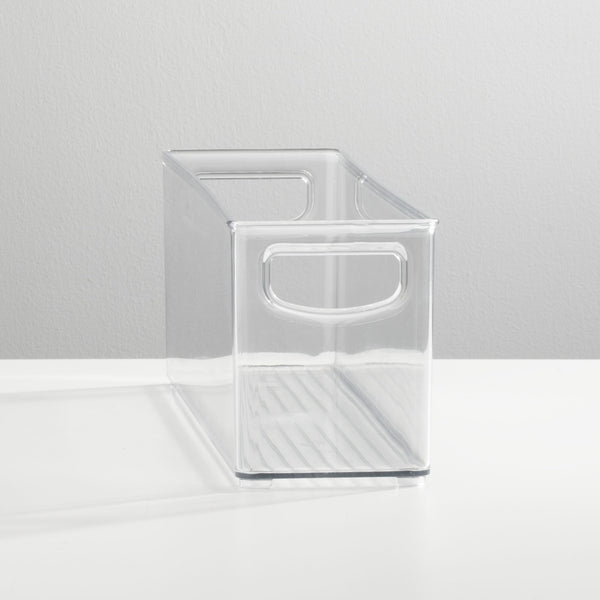The Beginner’s Guide to Yarn

4 things every knitter and crocheter should know
Winter is the perfect time for yarn crafts. We’re all stuck inside and cold so why not knit a scarf or crochet a blanket? Plus, needle work provides a variety of health benefits. This 2016 New York Times article highlights a variety of benefits including stress relief, improved self-esteem, and better brain health. Crocheting is a process of making a fabric with a series of knots whereas knitting creates a fabric by weaving it. Whichever method you choose, here are four tips to get you started.

Material & Care Instructions
For any project, you first need to select what yarn to use. Yarn comes in a variety of different fibers.
- Wool - One of the most popular yarns, wool works well for both winter and summer knitwear due to its durability, resistance to moisture, breathability and moisture-wicking properties. It is prone to pilling over time though. Hand wash wool in warm water.
- Mohair - Mohair is fluffy making it a warmer, lightweight fiber; however, it can be harder to create clean stitching with and may irritate some skin. The elastic property helps prevents wrinkling. Dry clean or wash on delicate cycle.
- Cotton - This natural fiber is quite common and inexpensive. The texture beautifully displays intricate patterns but can be prone to accidentally splitting stitches. Cotton is machine washable.
- Alpaca - This heavyweight fiber is soft, hypoallergenic and wonderful for babies. Dry clean or hand wash.
- Polyester - These yarns are easy to work with and great for all seasons, but patterns and stiches are less defined. Polyester is machine washable.
- Rayon - A man-made fiber that works well for summer knitwear. The fabric drapes well with a smooth texture but may not hold up as long as other yarns. Hand wash.
- Silk - This is more expensive but perfect for lacework. Opt for a tightly spun variety to make it easier to work with. Silk can also be mixed with other fibers to provide a more robust but luxurious yarn. Dry clean or hand wash.
- Nylon - This is man-made alternative to silk that will hold up longer and is easier to clean. Machine wash.
Yarn Weight
Another consideration when choosing yarn is the weight. Weight refers to how thin or bulky a single piece of yarn is. Bulkier yarn will be made up of multiple strands spun together (referred to as ply).
Dye Lots
Blue is blue, right? Well not quite when it comes to dyed yarn! Whenever working on a project that calls for more than one skein of the same yarn/color, it’s important to make sure the dye lots match. Yarn is dyed in batches and can result in slight color variations which may be visible in your final piece. To avoid this, dye lots are printed on the label (sometimes just called “dye” or “lot”); make sure to grab skeins with matching numbers!
Gauge
Gauge is the required number of stitches per inch horizontally and the number of rows per inch vertically. It is important to know the gauge in order to determine the final size of your project. Patterns will include yarn weight and needle size, but everyone crochets or knits slightly differently (referred to as tension), so gauge is a measurement of these elements combined.
If the final size of your project is not important (such as a scarf or blanket), you don’t need to meet a specific gauge! It’s only important in these cases to make sure your tension is uniform throughout. If, however, the final size does matter (such as clothing), then you need to match a specific gauge. This is done by creating a swatch and then counting the number of stitches and rows per inch. If your swatch does not align with the pattern you may need to change needles, yarn or adjust your tension.
Storing Your Yarn
There you go, the four main things to know when picking out and working with yarn! These tips have made me reevaluate how I store my yarn now. It might be easy to throw them all in a bag or pretty to organize them in a rainbow gradient, but neither method is very practical. Why not sort them out by material and weight? Then, grabbing the right yarn for a new project or pattern will be a cinch! Using stackable clear bins and boxes to separate out the styles is the way to go! Add labels and you’ll never waste time searching again! Want a different style to match your décor? mDesign has bamboo and metal baskets to class up your space.
Working on something now? Create a home station with a rolling cart to store skeins, needles, stitch markers, and other accessories. Roll the cart next to you while working and then easily stash it out of the way when you’re done. These portable felt totes are perfect for a station on the go.
Click here for additional dos and don’ts when it comes to storing yarn.

Chelsea McCulley is the Digital Asset Manager at mDesign
and an avid reader and Jane Austen fan.
How do you stay organized? We’d love to hear your story!
There are many ways that you can contribute and be part of our family.
Add your social media photos to our website and more! Visit mdesignhomedecor.com and learn how you can help spread the word. Get 10% off your first order when you subscribe to our email list. Plus, follow us on social media.
Posted: Dec 3, 2020
Related Blog Posts
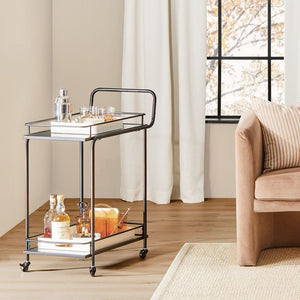
Update your style with these fun rolling cart ideas. The possibilities are endless. While there are millions of things you...
Read More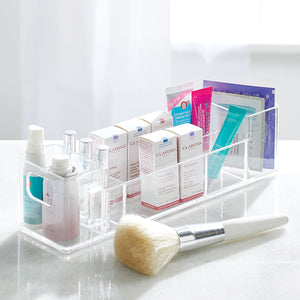
Don’t fall victim to beauty-product clutter. Sort your beauty samples like a pro with an editor-approved makeup organizer that gives...
Read More
Update your style with these fun rolling cart ideas. The possibilities are endless. While there are millions of things you...
Read More
Update your style with these fun rolling cart ideas. The possibilities are endless. While there are millions of things you...
Read More